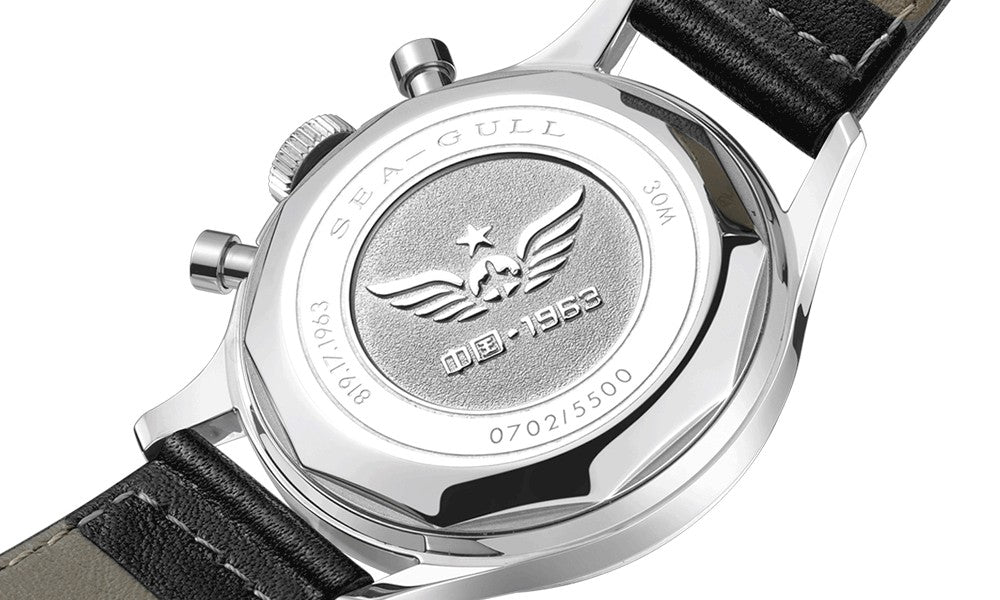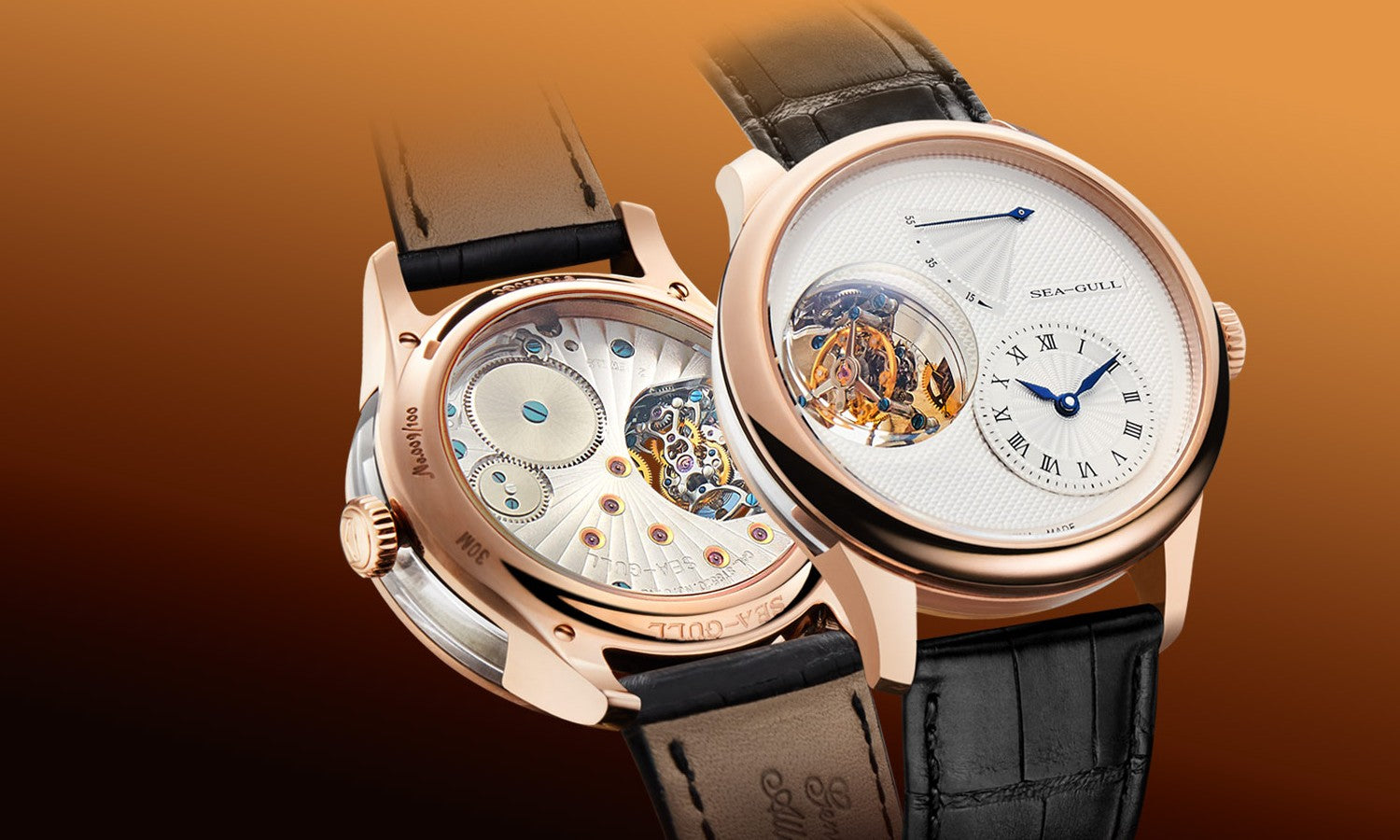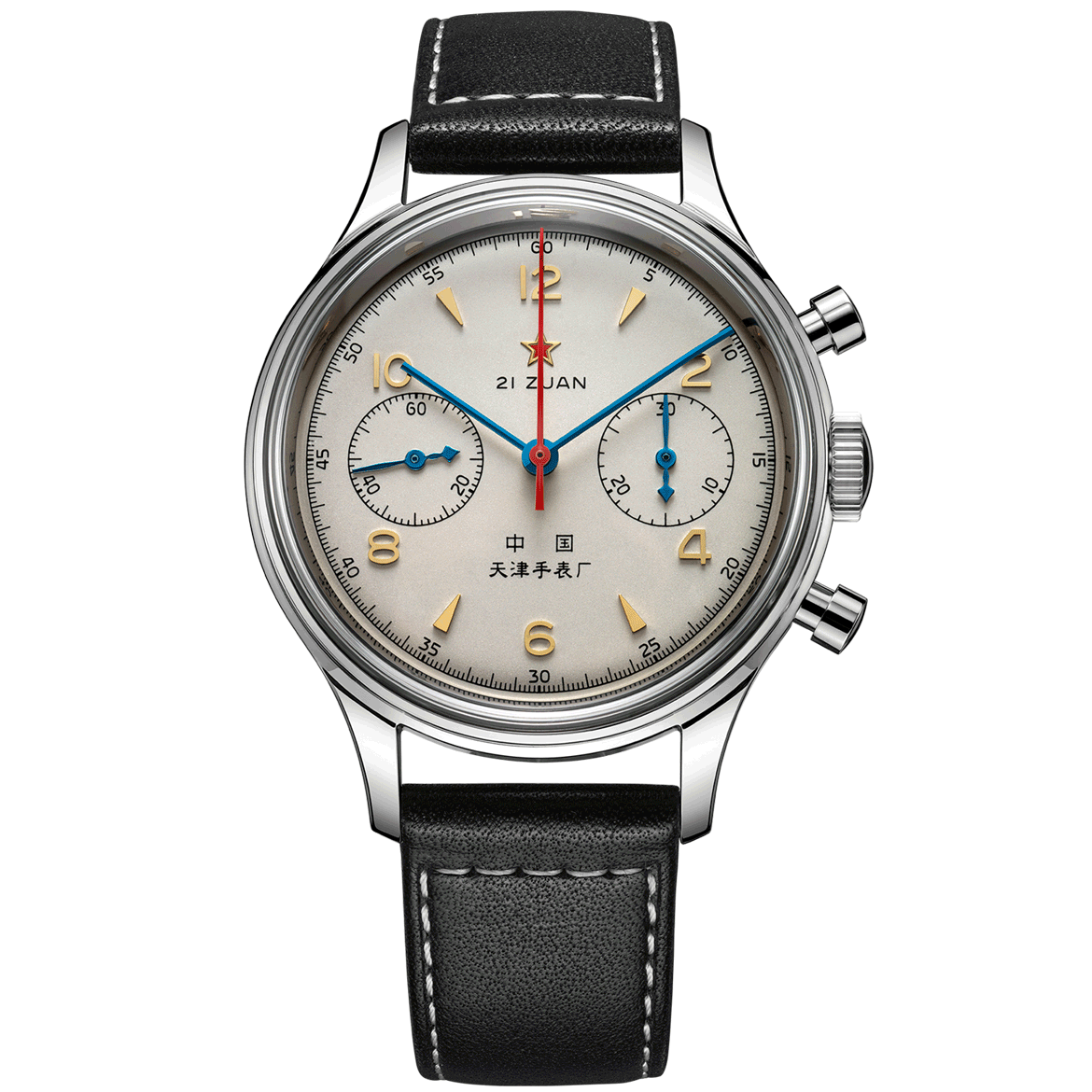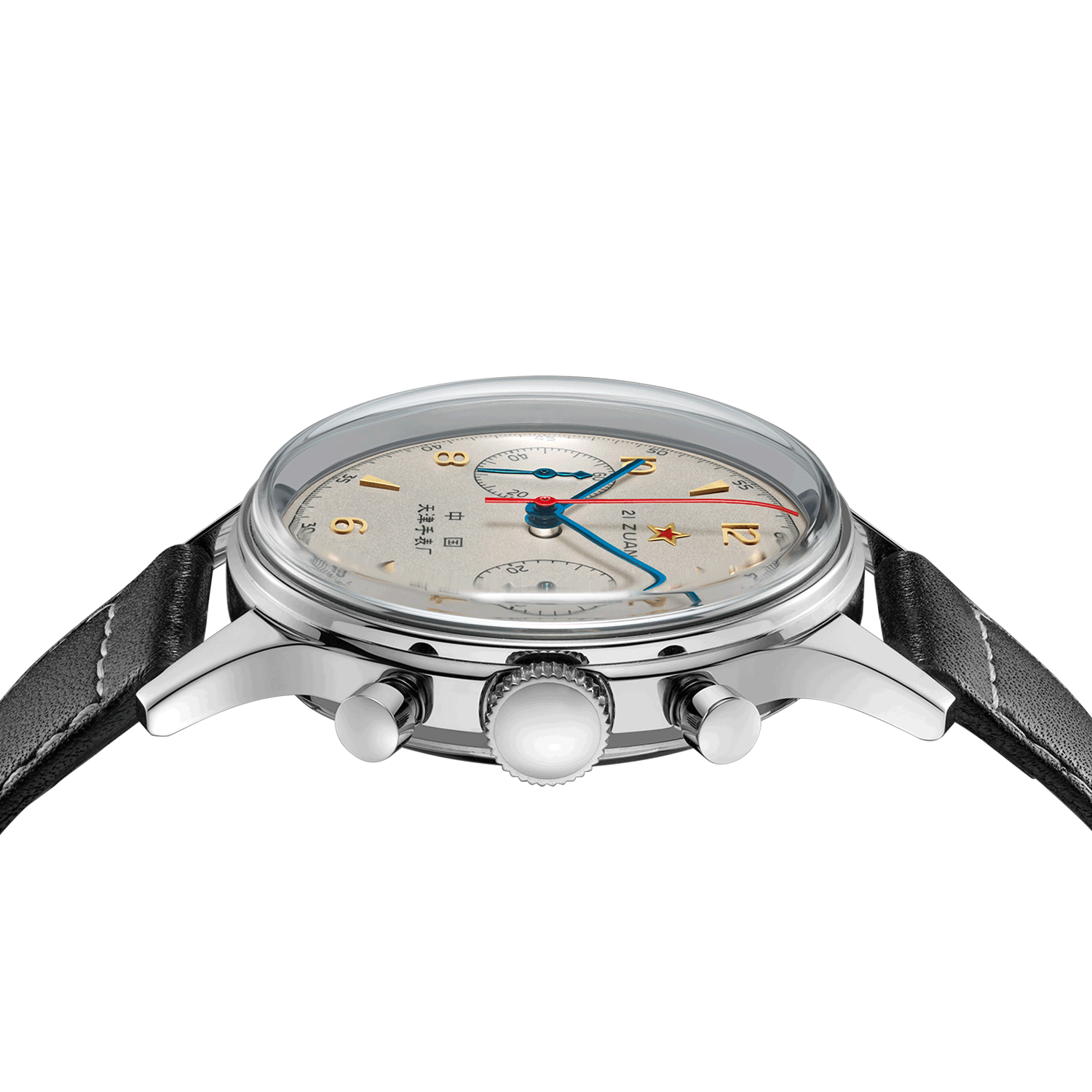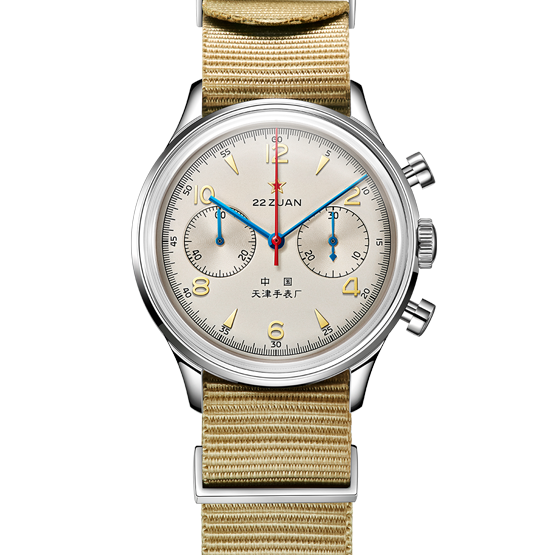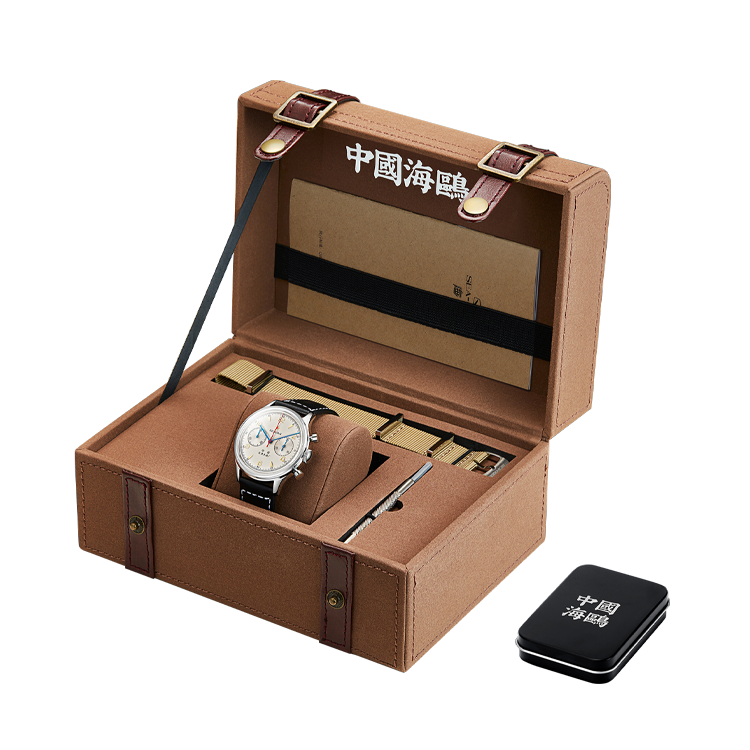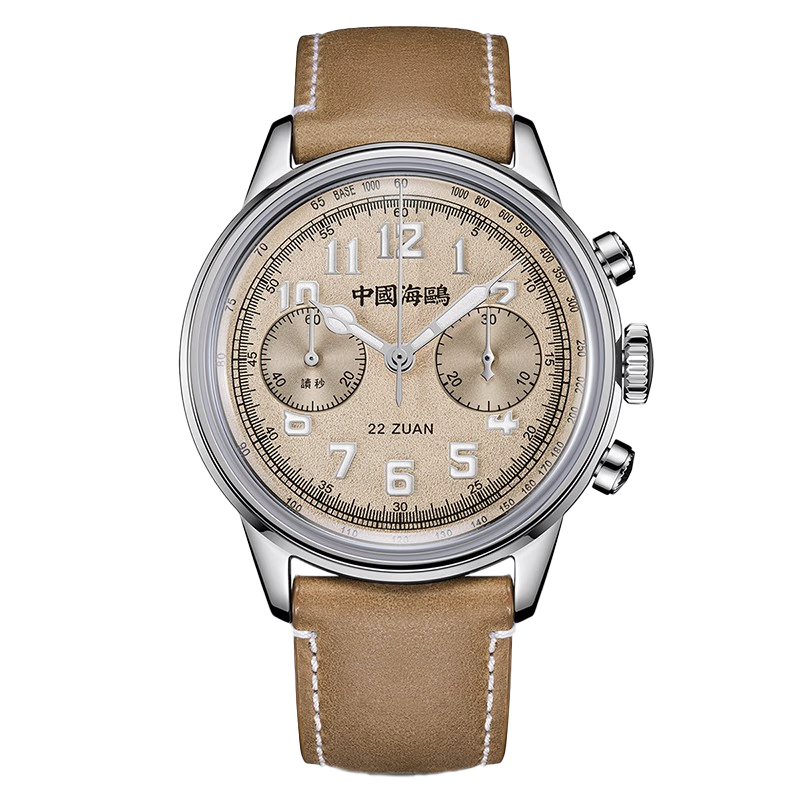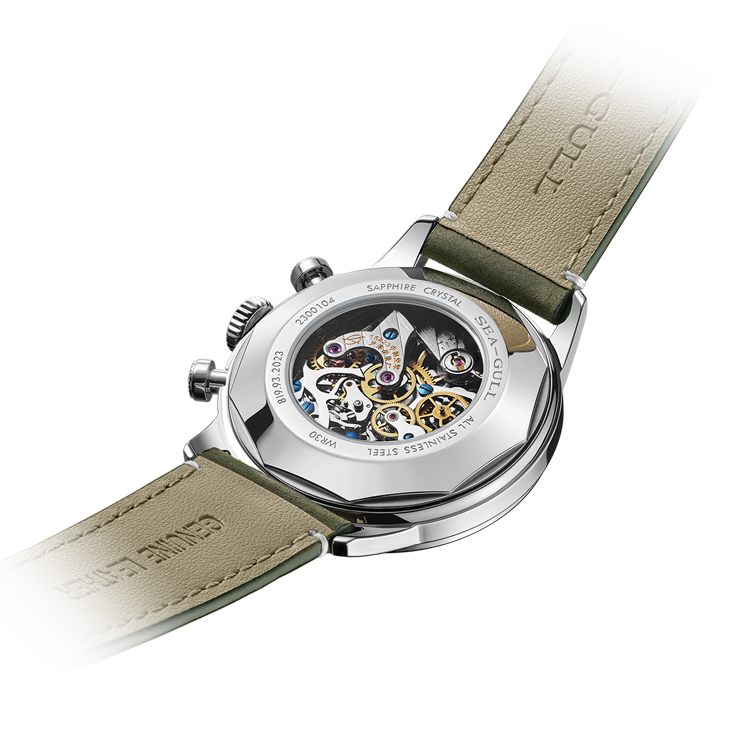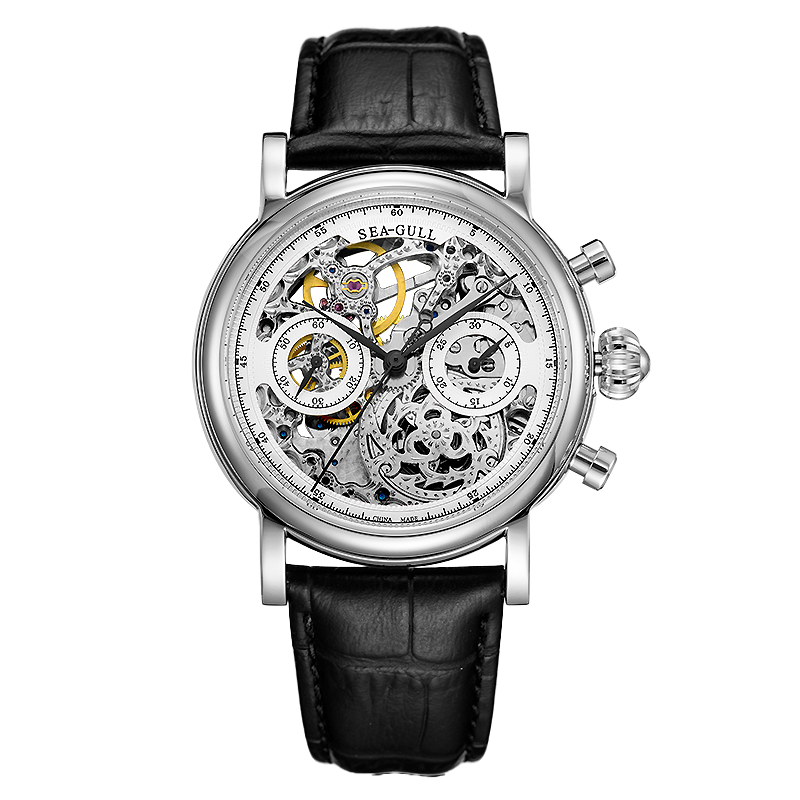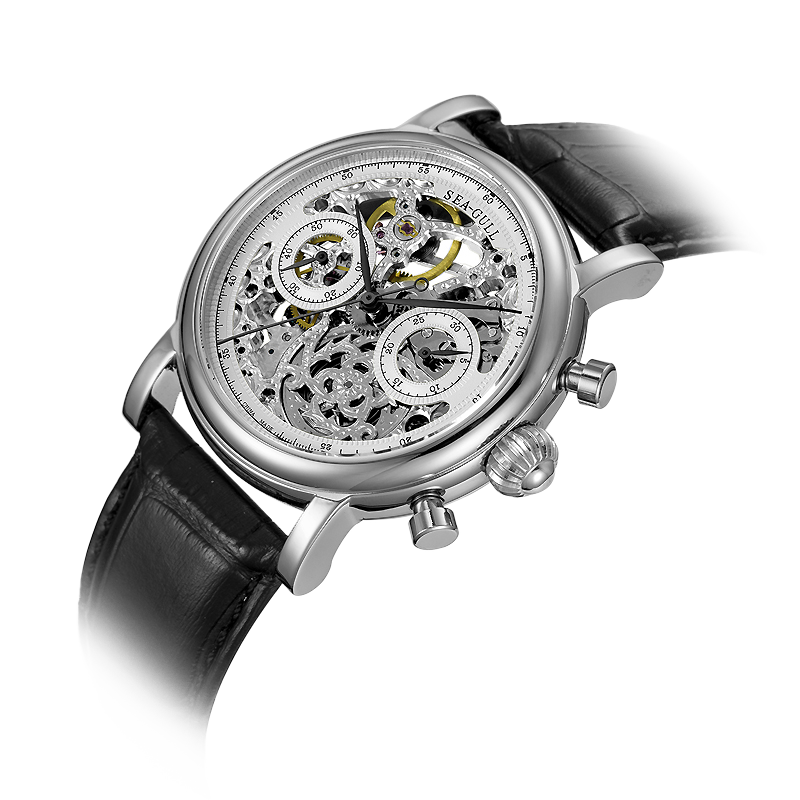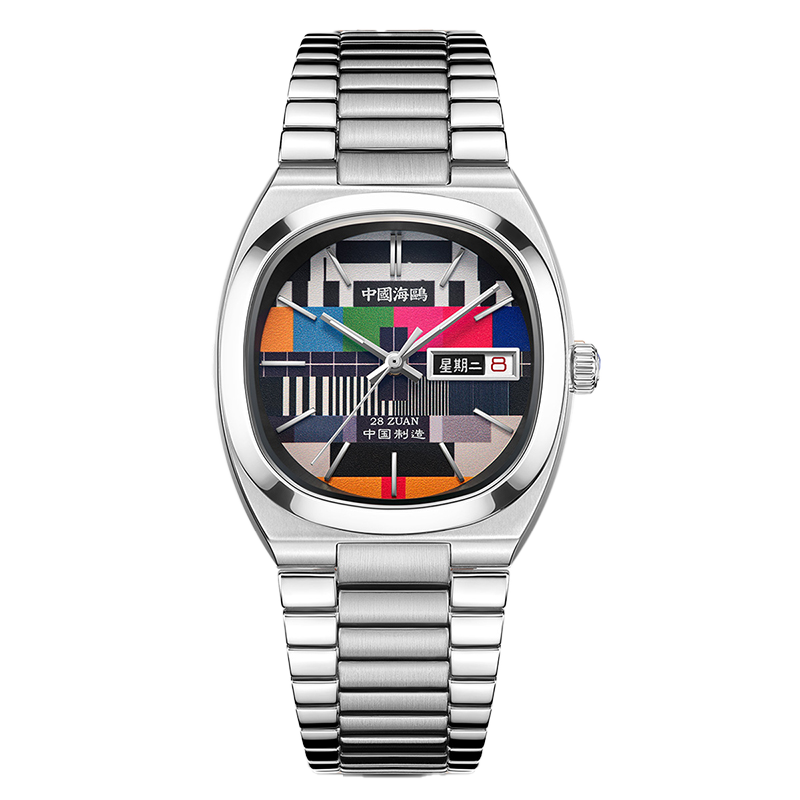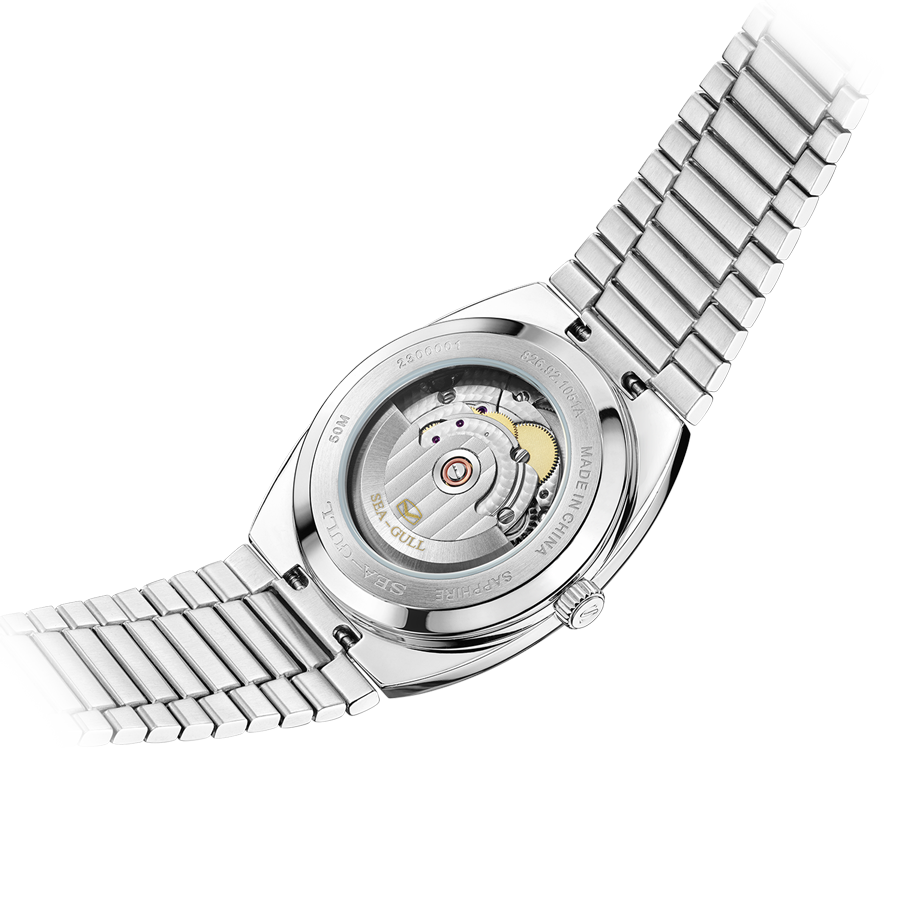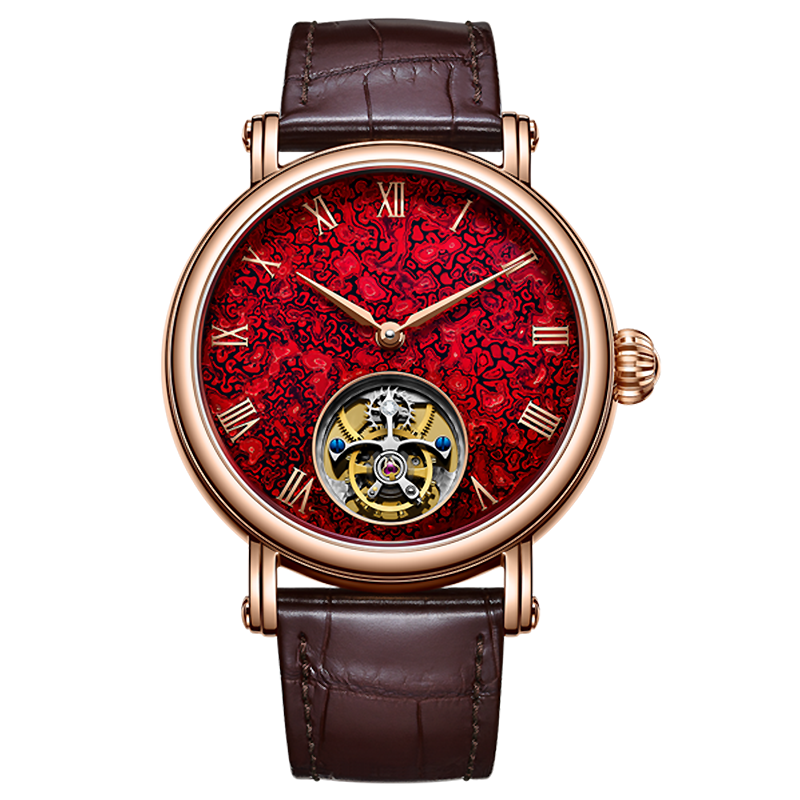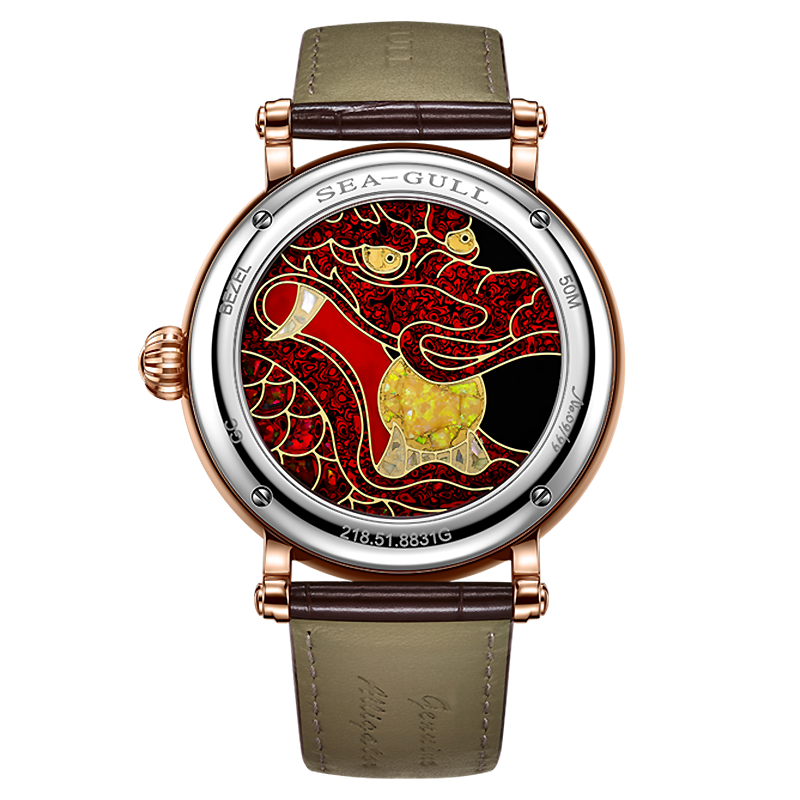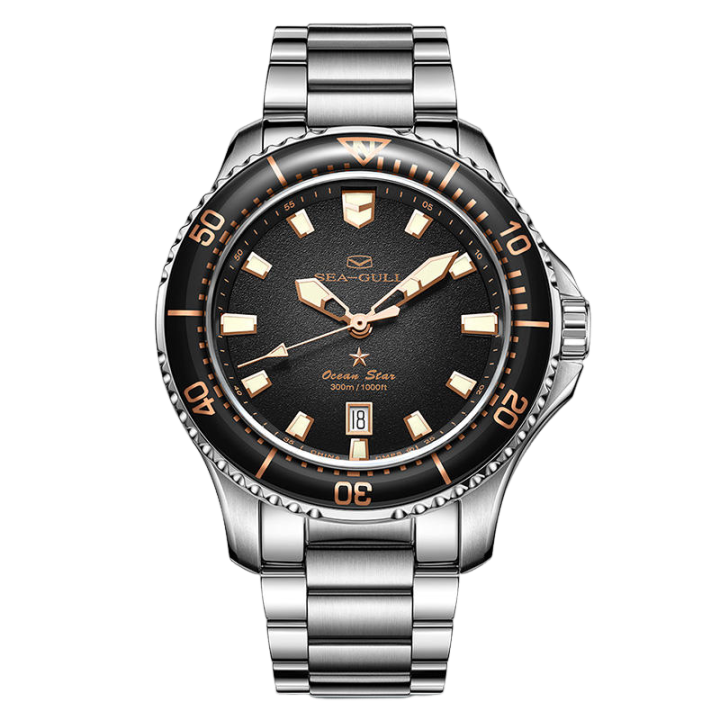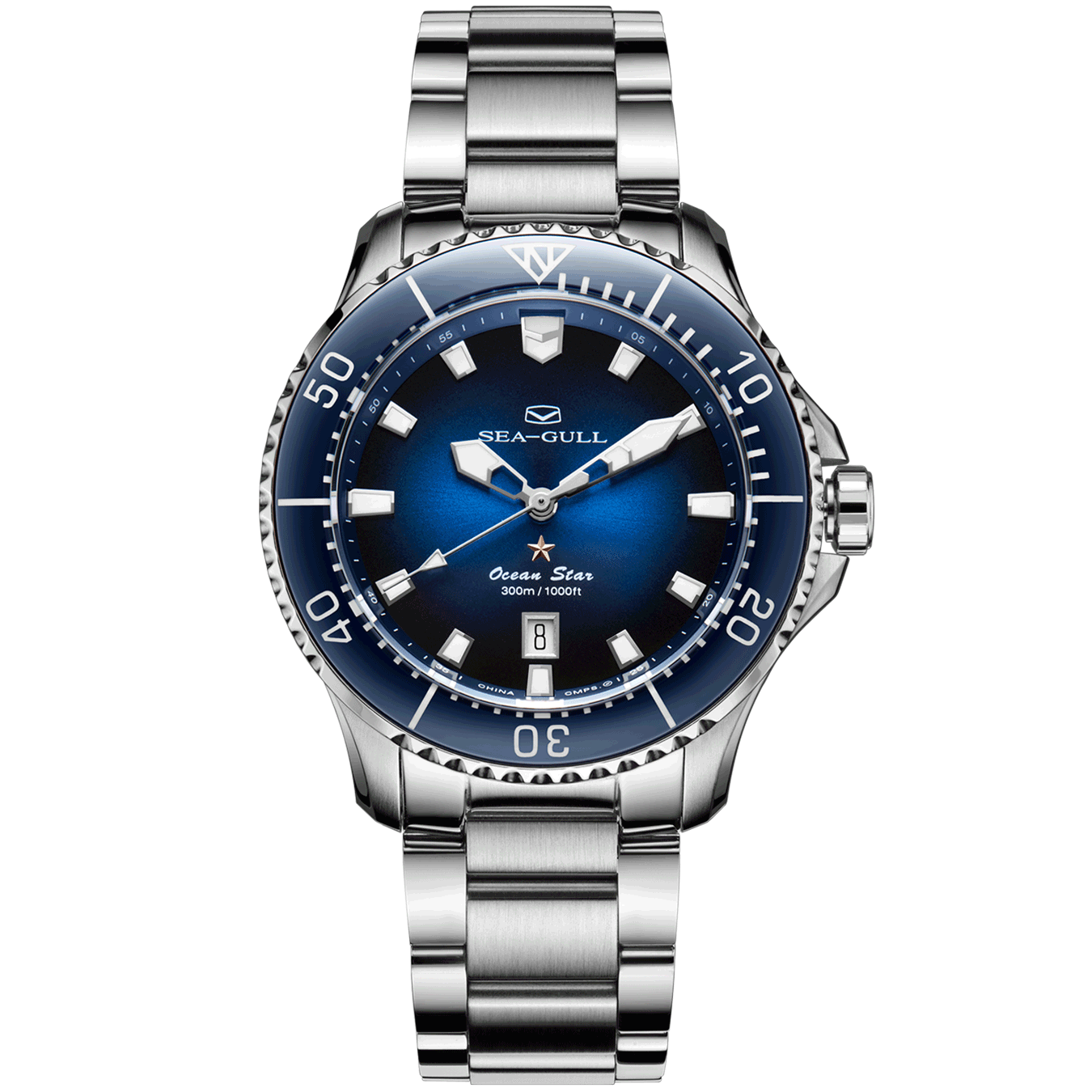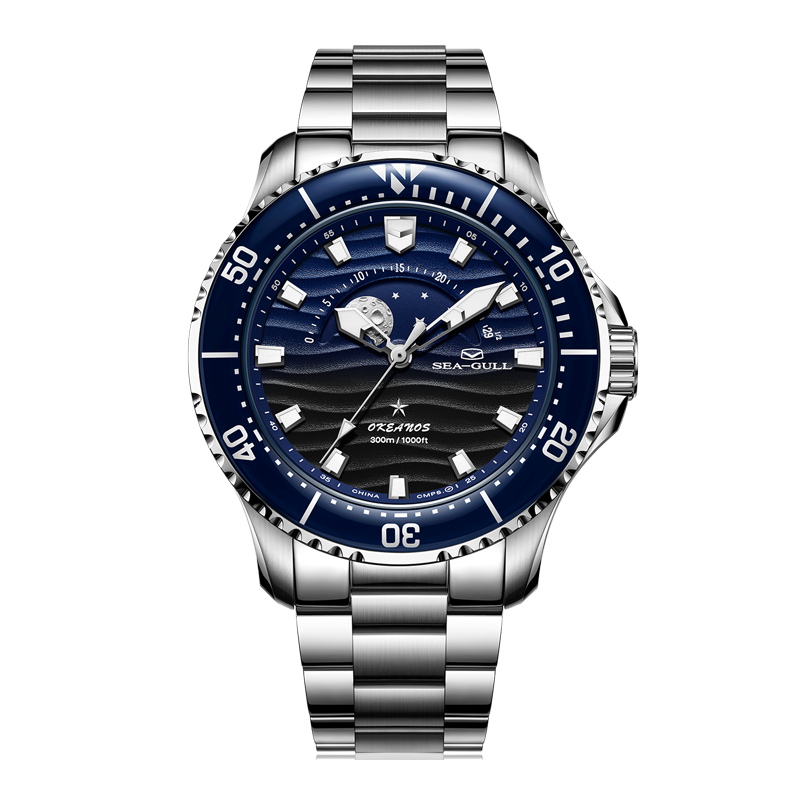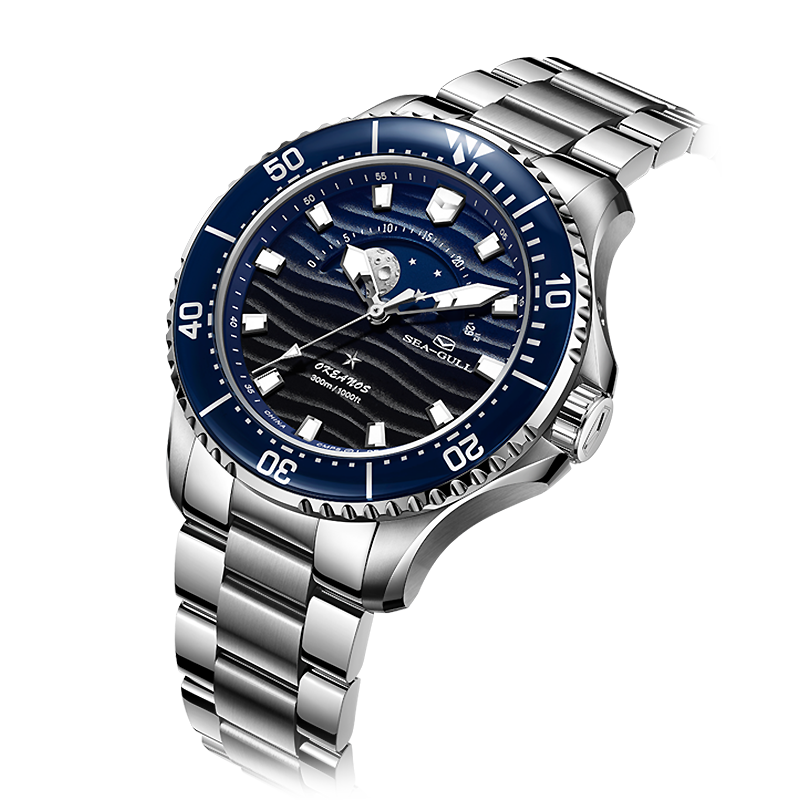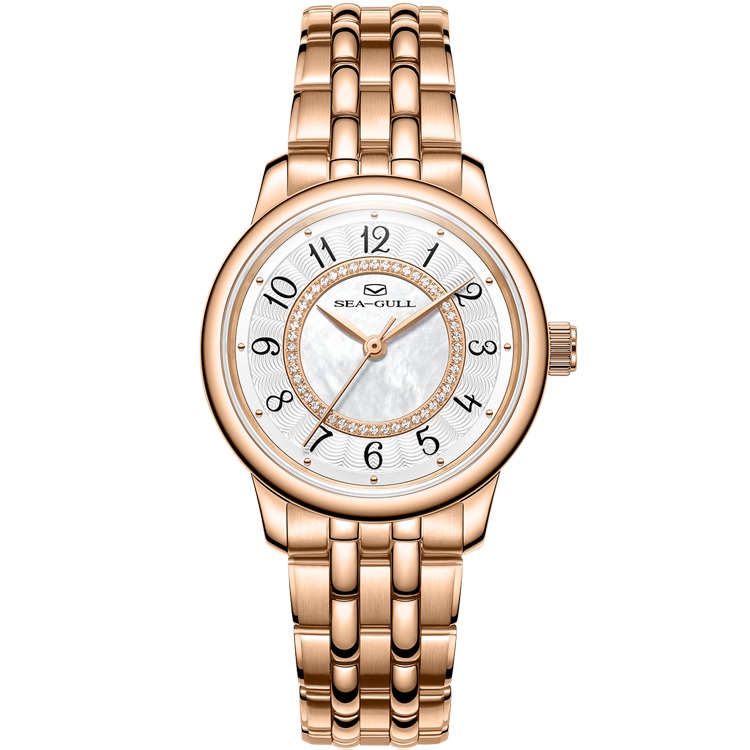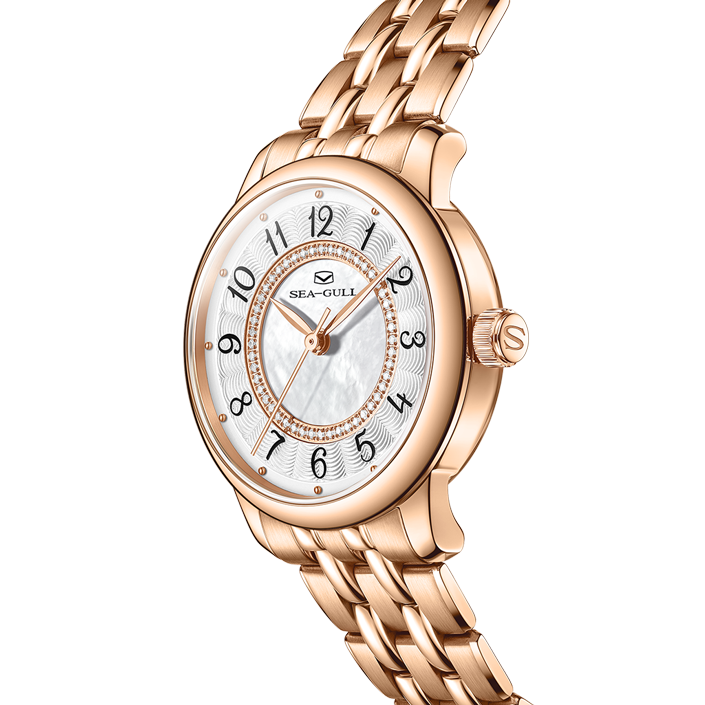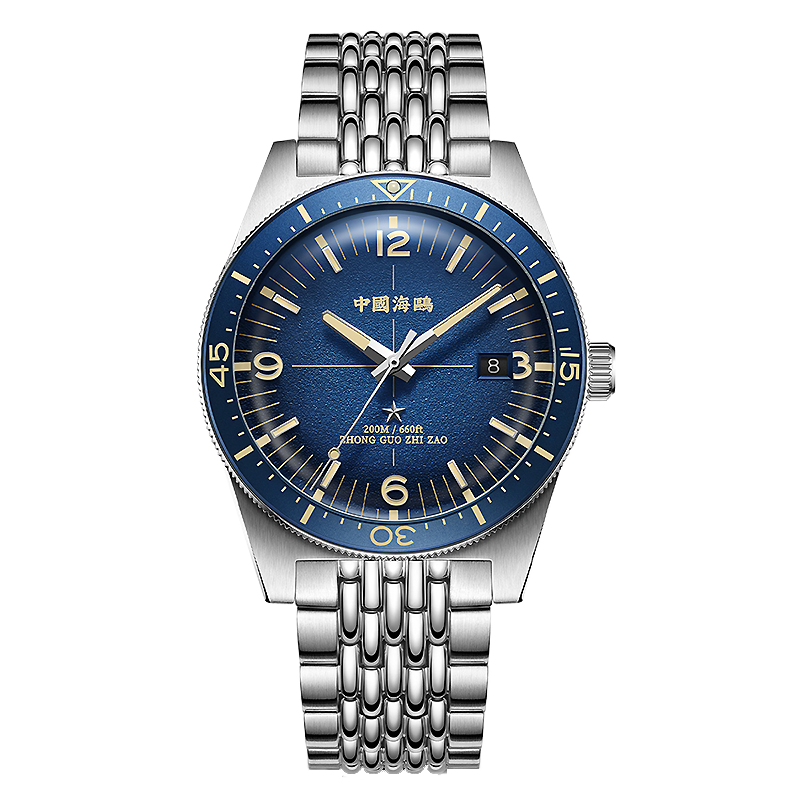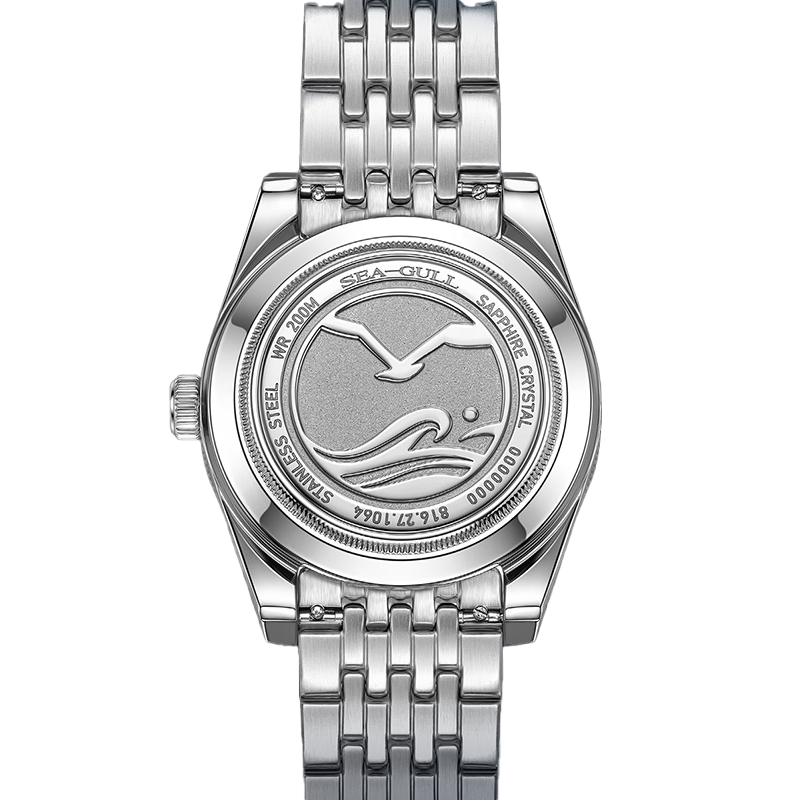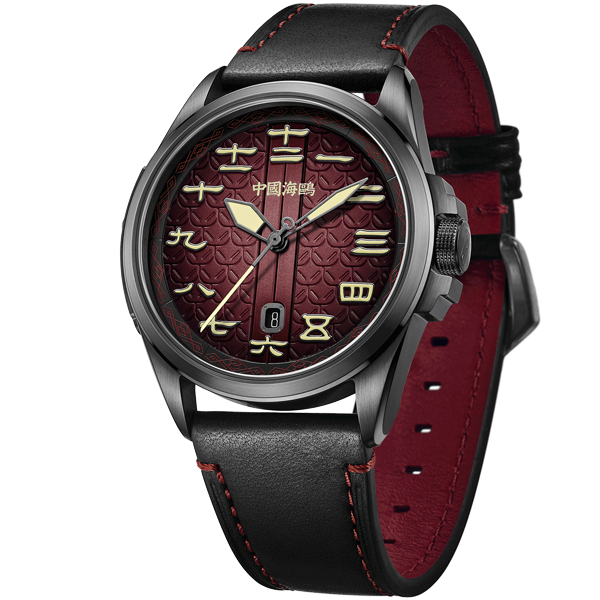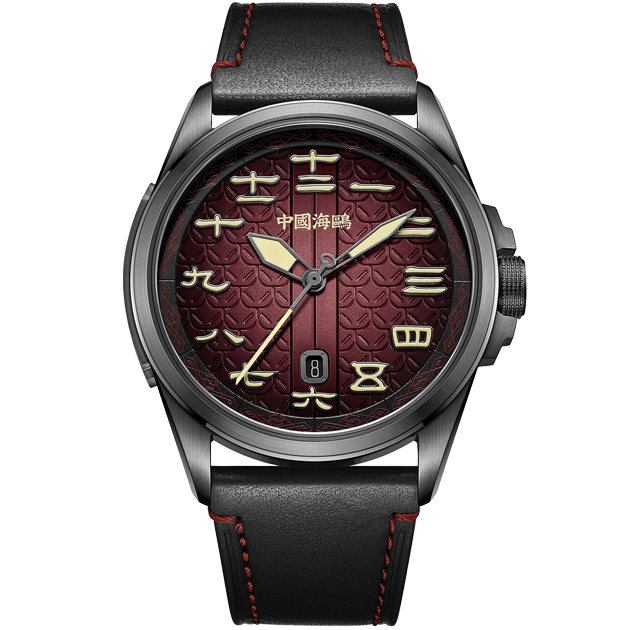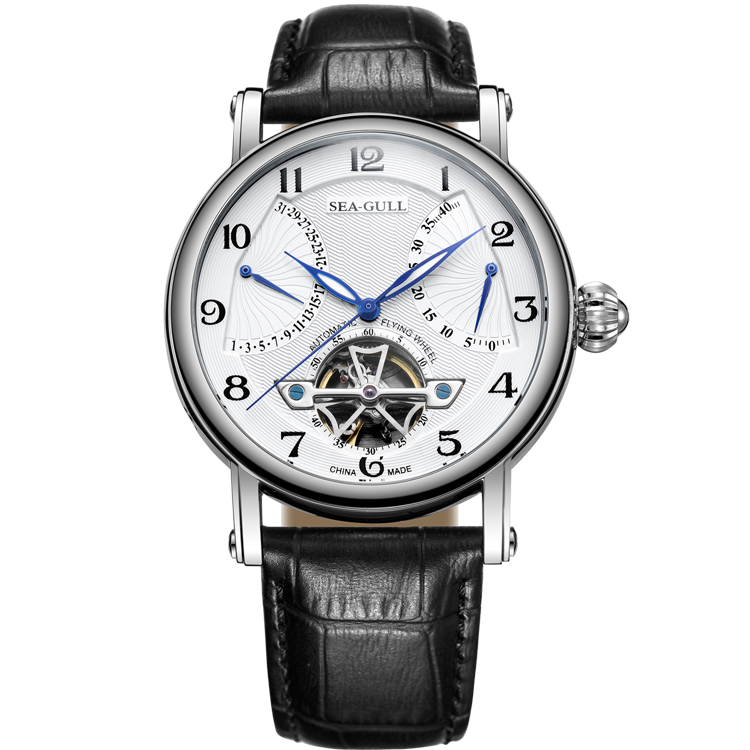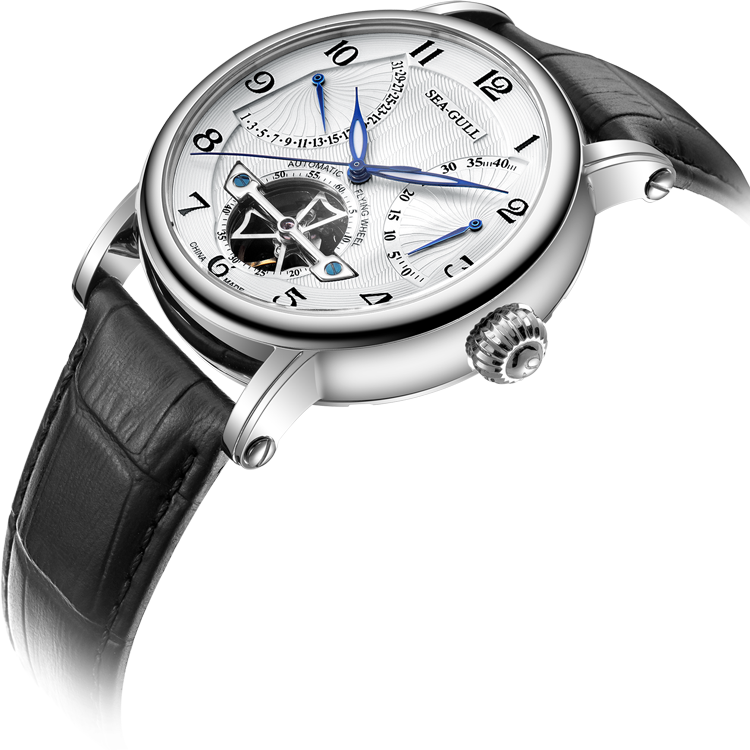Delve into the mesmerizing realm of horology, where intricate mechanisms and captivating complications abound, none more spellbinding than the tourbillon.
What Exactly is a Tourbillon?
The tourbillon, translated as "whirlwind" from French, stands as a pinnacle feature within high-end mechanical watches. Conceived by Abraham-Louis Breguet in 1795, its primary purpose was to refine accuracy by counteracting gravity-induced timing discrepancies.
In essence, a tourbillon represents a sophisticated addition to a watch's escapement mechanism, aimed at enhancing precision. It achieves this by housing the escapement and balance wheel within a rotating cage, nullifying errors caused by gravitational pull. This graceful rotation, usually occurring once per minute, counters positional inaccuracies, thereby elevating the watch's precision.
As a symbol of craftsmanship and prestige, the tourbillon's intricacy and assembly expertise render it highly coveted in luxury watchmaking. Witnessing its hypnotic motion is a testament to the artistry inherent in horology.
How Does the Tourbillon Function?
The tourbillon operates as a complex mechanism designed to refine mechanical watch accuracy by negating gravity's influence.
Fundamentally, a tourbillon comprises a rotating cage housing the entire balance wheel assembly, including its spring, escape wheel, and lever. Typically linked to the fourth wheel, responsible for displaying seconds on a small dial, both the fourth wheel and the tourbillon complete one full rotation per minute. This rotation effectively counters any gravitational disruptions, ensuring maximum precision.
Various types of tourbillons exist, including single-axis, double-axis, and flying tourbillons, each presenting unique characteristics and complexities.
The Artistry Embodied by the Tourbillon
Beyond its technical marvel, the tourbillon stands as a work of art within the realm of horology for several reasons:
Craftsmanship: Crafting a tourbillon necessitates unparalleled skill and precision, with each component meticulously fashioned and assembled, often by hand, by seasoned watchmakers.
Aesthetics: Frequently showcased on the watch's dial, the tourbillon allows wearers to admire its intricate mechanics in motion. The rotating cage offers a captivating visual spectacle, enhancing the watch's aesthetic allure.
Exclusivity: Due to its complexity and craftsmanship requirements, tourbillons are commonly found in high-end luxury watches. Owning one symbolizes sophistication and a profound appreciation for watchmaking artistry.
Innovation: The tourbillon continues to inspire design and engineering innovations. Variants like the flying tourbillon and multi-axis tourbillon exemplify ongoing creativity and advancement in the field.
In essence, the tourbillon embodies the perfect fusion of functionality and form, where technical excellence converges with artistic expression. It remains an enduring emblem of mechanical watchmaking's allure and fascination.
Noteworthy Tourbillon Watches
Several esteemed watch manufacturers, including Patek Philippe, Audemars Piguet, and Vacheron Constantin, produce tourbillon timepieces renowned for their exquisite design, precision engineering, and premium price tags. Notably, there are also notable Chinese tourbillon watch brands like Seagull Watches, Peacock Watches, and Beijing Watches, offering fairer prices.
The Future Landscape of Tourbillon
Despite being invented over two centuries ago, the tourbillon continues to captivate enthusiasts and collectors alike. Innovations in materials and design, such as flying and multi-axis tourbillons, ensure this captivating complication remains at the forefront of horological innovation. Its future appears promising due to the following factors:
Continued Innovation: The tourbillon inspires ongoing advancements in design and engineering, with new variants showcasing creativity and progress.
Adaptation to Modern Styles: Embracing modern aesthetics ensures the tourbillon's relevance in contemporary watchmaking, appealing to new and younger audiences.
Symbol of Craftsmanship: The tourbillon remains a cherished symbol of craftsmanship and prestige, embodying the pinnacle of watchmaking artistry.
New Collaborations: Collaborations between esteemed houses, such as the Battista Tourbillon from BOVET 1822 and Automobili Pininfarina, signal an exciting future for tourbillon innovation.
In conclusion, the tourbillon, with its fusion of technical prowess and artistic finesse, stands as a timeless icon in horology. It is poised to remain a beacon of innovation, captivating and inspiring watch enthusiasts worldwide.


